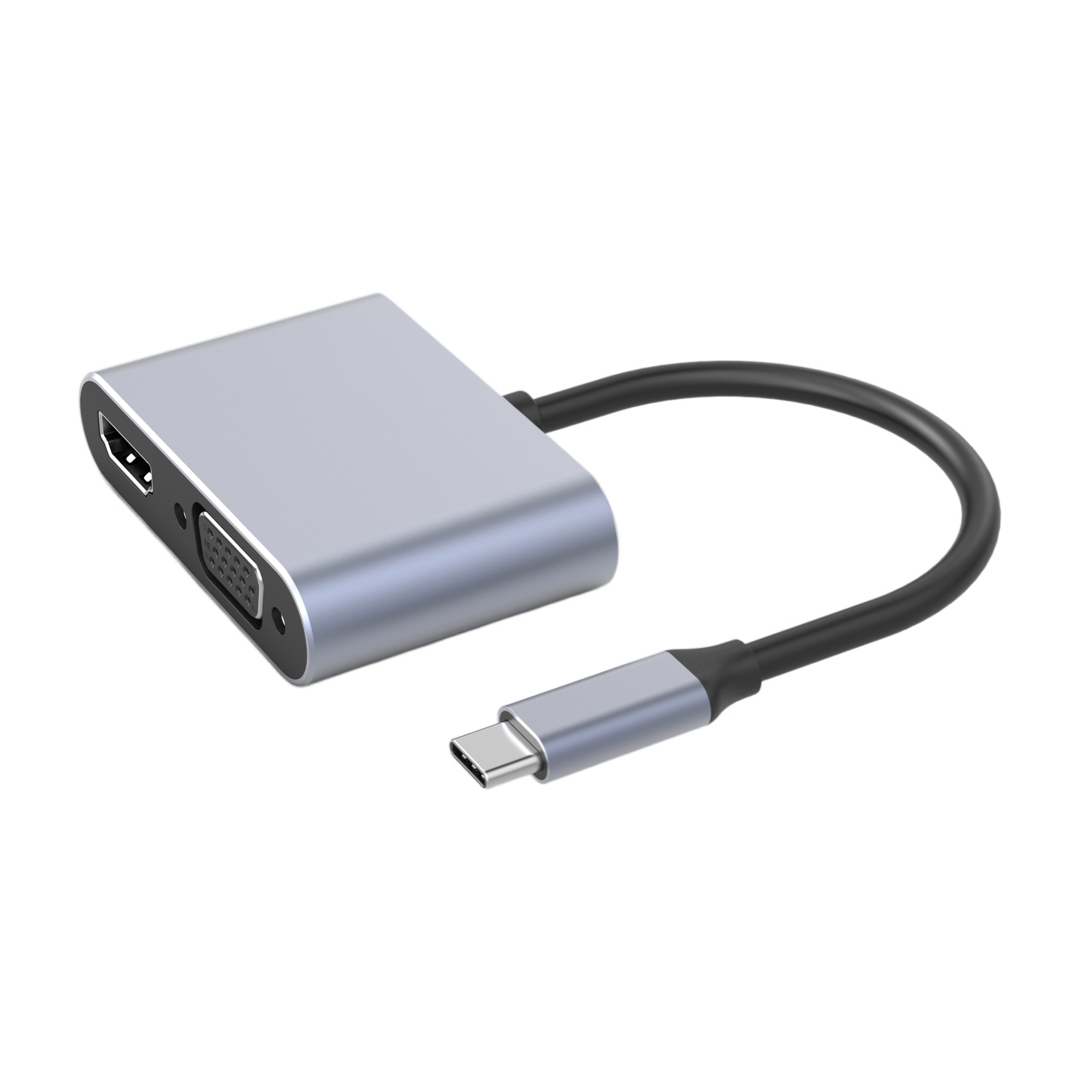Compatibility Challenges and Solutions in USB Hub and Mobile Device Integration

In today's interconnected world, the need to connect various devices has become increasingly important. One such connection is between USB hubs and mobile devices. However, compatibility issues often arise due to different specifications and standards employed by these devices. This article aims to analyze the compatibility challenges and propose an adaptation scheme for seamless integration of USB hubs with mobile devices.
1. Understanding the Compatibility Issues
Compatibility issues mainly arise due to variations in power requirements, physical connectors, and data transfer protocols between USB hubs and mobile devices. Mobile devices come in various shapes and sizes, each with specific power input capabilities. USB hubs, on the other hand, offer different power output capacities. Additionally, the physical connectors, such as USB Type-A, USB Type-C, or Lightning, differ between mobile devices. This diversity leads to potential incompatibility for charging and data transfer.
Moreover, the data transfer protocols used by USB hubs and mobile devices also vary. USB 2.0, USB 3.0, and USB 3.1 offer different data transfer speeds and capabilities. Compatibility issues may arise if a USB hub supports a higher transfer protocol than the mobile device or vice versa. It is crucial to address these compatibility challenges for a seamless user experience.
2. Proposed Adaptation Scheme
To overcome the compatibility challenges, an adaptation scheme is proposed that involves incorporating intelligent circuitry and software protocols within USB hubs and mobile devices.
Firstly, intelligent circuitry within the USB hubs should identify the connected mobile device's power requirements and adjust the power output accordingly. This ensures that the mobile device receives adequate power for charging, eliminating any compatibility issues arising from varying power input capabilities.
Secondly, incorporating universal connectors, such as USB Type-C, in both USB hubs and mobile devices can simplify the physical connection aspect. USB Type-C connectors provide a standardized and reversible interface, making them compatible with various devices, regardless of their shape or size.
Lastly, implementing backward compatibility across USB hub and mobile device generations ensures seamless data transfer. This can be achieved by incorporating multiple data transfer protocols within USB hubs and mobile devices. The devices should automatically negotiate the highest compatible protocol for optimal data transfer speed and efficiency.
3. Conclusion
In conclusion, compatibility analysis and adaptation schemes are crucial for effective integration of USB hubs and mobile devices. Understanding the compatibility issues related to power requirements, physical connectors, and data transfer protocols is essential. By incorporating intelligent circuitry, standard connectors, and backward compatibility approaches, seamless integration can be achieved. This ensures a hassle-free experience for users connecting USB hubs with their mobile devices, enhancing overall productivity and convenience.



